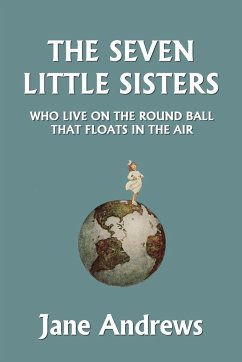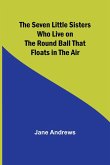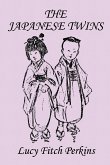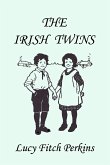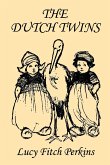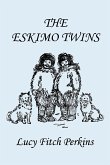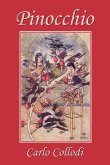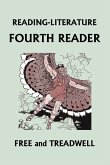Engaging introduction to the peoples of the world through the stories of the seven little sisters: the little brown baby; Agoonack, the Eskimo sister; Gemila, the child of the desert; Jeannette, the Swiss maiden; Pen-se the Chinese girl; Manenko, the little dark girl; and Louise, the child of the Rhine.
Hinweis: Dieser Artikel kann nur an eine deutsche Lieferadresse ausgeliefert werden.
Hinweis: Dieser Artikel kann nur an eine deutsche Lieferadresse ausgeliefert werden.

